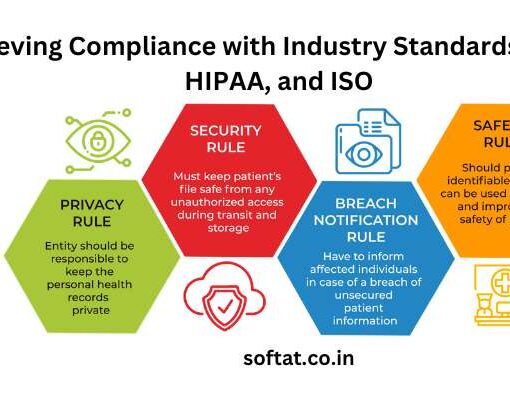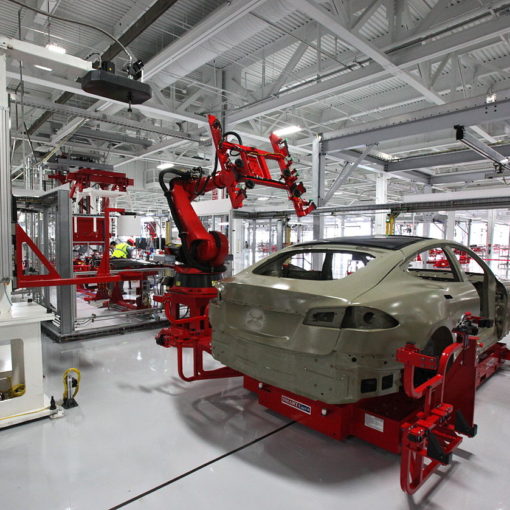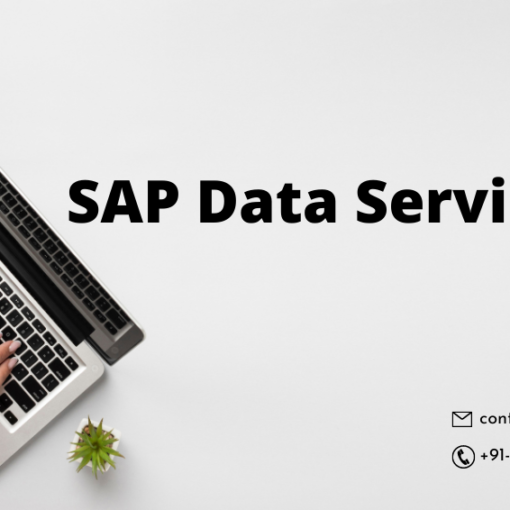In the bustling realm of enterprise development, SAP holds a prominent position, and its UI framework, SAPUI5, sparks frequent queries. One question often debated is: Is SAPUI5 a programming language? Delving deep into this topic, this comprehensive blog, sheds light on the true nature of SAPUI5 and its role in web development.

Navigating the Landscape of Web Development
Before dissecting Is SAPUI5 a programming language or not, let’s establish a clear picture of the web development landscape. When building web applications, developers utilize various tools and technologies:
- Markup Languages: These define the structure and content of web pages, like HTML. Imagine the blueprints of a building, outlining its rooms and layout.
- Styling Languages: These control the visual appearance of web pages, like CSS. Think of the paint, decorations, and furniture that bring the blueprint to life.
- Programming Languages: These provide the logic and interactivity, enabling dynamic behavior and data manipulation. Consider them the electrical wiring and plumbing that make the building functional.
Is SAPUI5 a programming language: More Than Just a Label
Now, where does SAPUI5 fit in this picture? Labeling it simply as a “programming language” wouldn’t capture its full essence. Here’s the truth:
- SAPUI5 is a UI framework: It’s a collection of pre-built UI components, APIs, and tools specifically designed for developing web applications based on the SAP Fiori design philosophy. Think of it as a prefabricated kit with ready-made walls, doors, and windows, tailored for building modern houses.
- It relies on JavaScript: While SAPUI5 itself isn’t a standalone language, it leverages JavaScript extensively for defining application logic and interacting with backend systems. Imagine using the prefabricated kit but still needing skilled workers (JavaScript) to connect the components and install electrical wiring.
- Other languages play a role: HTML and CSS remain crucial in SAPUI5 development, responsible for structuring and styling the UI components. The kit provides pre-built elements, but you still need paint and decorations to personalize your house.
Building with SAPUI5: More Than Just Code
Understanding SAPUI5 goes beyond syntax and coding. It involves mastering design principles, component usage, and integration with SAP systems. Here’s what developers need:
- Fiori Design Knowledge: Familiarization with SAP Fiori’s design guidelines for consistent user experience across applications. Learn the architectural style of the prefabricated kit.
- Component Expertise: Knowing how to use, configure, and customize the pre-built UI components offered by SAPUI5. Understand the functionalities and limitations of each component in the kit.
- JavaScript Proficiency: Strong JavaScript skills are essential for writing application logic, event handling, and data manipulation. Master the electrical wiring and plumbing skills to bring the house to life.
- SAP Integration Understanding: Knowledge of SAP systems and integration technologies is often needed to connect applications to backend data and processes. Learn how to connect your house to the power grid and water supply.
Benefits of Building with SAPUI5: Why Choose the Prefabricated Kit?
Despite not being a standalone language, SAPUI5 offers significant advantages:
- Rapid Development: Pre-built components and streamlined development tools accelerate application creation, saving time and effort. Build your house faster with ready-made materials and standardized processes.
- Consistent UI: Fiori design principles ensure a familiar and user-friendly experience across all SAP applications. Maintain a consistent architectural style throughout your neighborhood.
- Native Look and Feel: SAPUI5 integrates seamlessly with SAP systems, providing a native look and feel to applications. Your house looks and feels like it belongs within the overall community.
- Large Community and Resources: A vast developer community and comprehensive documentation offer support and learning opportunities. Benefit from the experience and knowledge of your neighbors.
Beyond the Kit: Limitations and Alternatives
While SAPUI5 offers numerous benefits, consider its limitations:
- Vendor Lock-in: Dependence on SAP technologies can limit flexibility and integration with non-SAP systems. Be aware that your house is built within a specific ecosystem.
- Learning Curve: Mastering Fiori design, component usage, and SAP integration requires specific knowledge and training. Learn the unique construction methods and regulations of your chosen community.
- Limited Customization: While components are customizable, extensive customizations might require deeper coding and break compatibility with future updates. Modifying your prefabricated house might require special permits and expertise.
Let’s compare it to three popular alternatives:
- Angular: A mature framework offering two-way data binding, a component-based architecture, and a large developer community. It provides more flexibility and customization options than SAPUI5 but comes with a steeper learning curve. Think of it as a versatile construction kit with more freedom but requiring advanced construction skills.
- React: A component-based library focusing on user interface rendering. It’s known for its performance and flexibility but requires additional libraries and tools for complete application development. Imagine it as a collection of modular building blocks that offer extensive customization but require additional components for plumbing and electrical systems.
- Vue.js: A progressive, lightweight framework offering a balance between ease of use and flexibility. It has a growing community and is well-suited for smaller projects or prototyping. Picture it as a user-friendly kit with good customization options, ideal for smaller houses or renovations.
The best choice depends on your specific needs and priorities. Consider factors like:
- Project complexity: For simple applications, SAPUI5 or Vue.js might suffice. Complex projects might benefit from the flexibility of Angular or React.
- Development team skills: If your team is familiar with JavaScript and SAP systems, SAPUI5 might be a good fit. If you have experience with other frameworks, consider their strengths and weaknesses.
- Integration requirements: If seamless integration with SAP systems is crucial, SAPUI5 remains the clear choice. Otherwise, explore the integration capabilities of other frameworks.
Glimpsing the Future: The Evolving Landscape of UI Development
The future of enterprise UI development promises exciting possibilities:
- Low-Code/No-Code Tools: Expect advancements in low-code/no-code development tools empowering citizen developers to contribute to basic UI development without deep coding knowledge. Imagine everyone having access to user-friendly tools to add personal touches to their applications.
- AI-Powered Development: Envision AI-driven tools that assist with code generation, component selection, and UI optimization, streamlining the development process. Imagine having an AI assistant recommend the best building materials and construction techniques for your project.
- Progressive Web Apps (PWAs): PWAs might play a more prominent role, offering native-like app experiences with offline capabilities. Think of building houses that function seamlessly both online and offline, providing an uninterrupted user experience.
- Focus on Accessibility: Expect growing emphasis on accessibility, ensuring applications are usable by everyone regardless of ability. Imagine designing your house to be universally accessible, catering to diverse needs and preferences.
Conclusion: Choosing the Right Tools for Your Project
Whether you choose the prefabricated kit of SAPUI5 or opt for the versatility of other frameworks, remember that the key is to select the tools that best align with your project requirements, team expertise, and long-term vision. By understanding the strengths and limitations of each option, you can make an informed decision that empowers your team to build exceptional enterprise UI applications.
This comprehensive blog has equipped you with the knowledge and insights to navigate the world of SAPUI5 and explore alternative UI development approaches. Remember, the journey doesn’t end here. Stay informed about evolving trends, embrace new tools and techniques, and continuously strive to create user-centric applications that drive success for your organization.
I hope Is SAPUI5 a programming language or not has answered well.
You may be interested in:
A Comprehensive Guide to Web Development Frameworks in UI5




